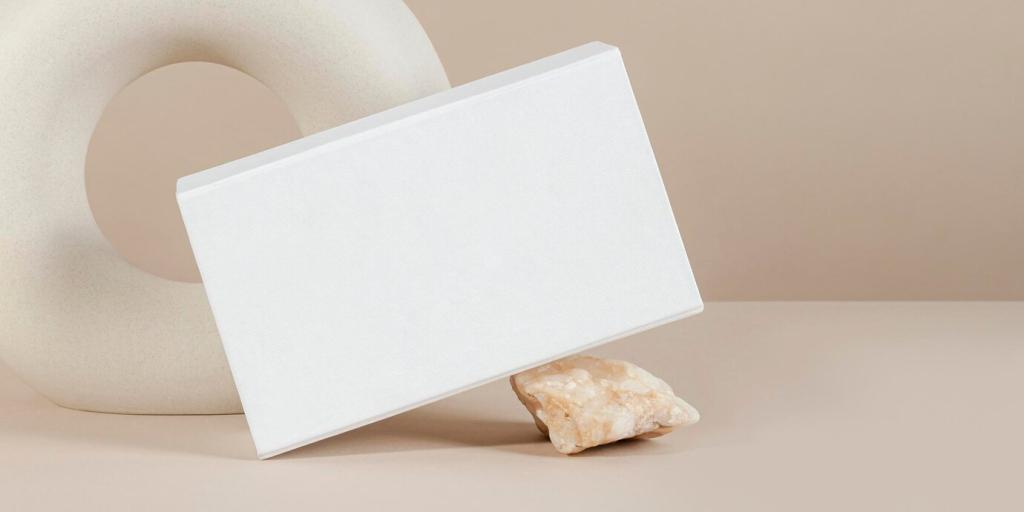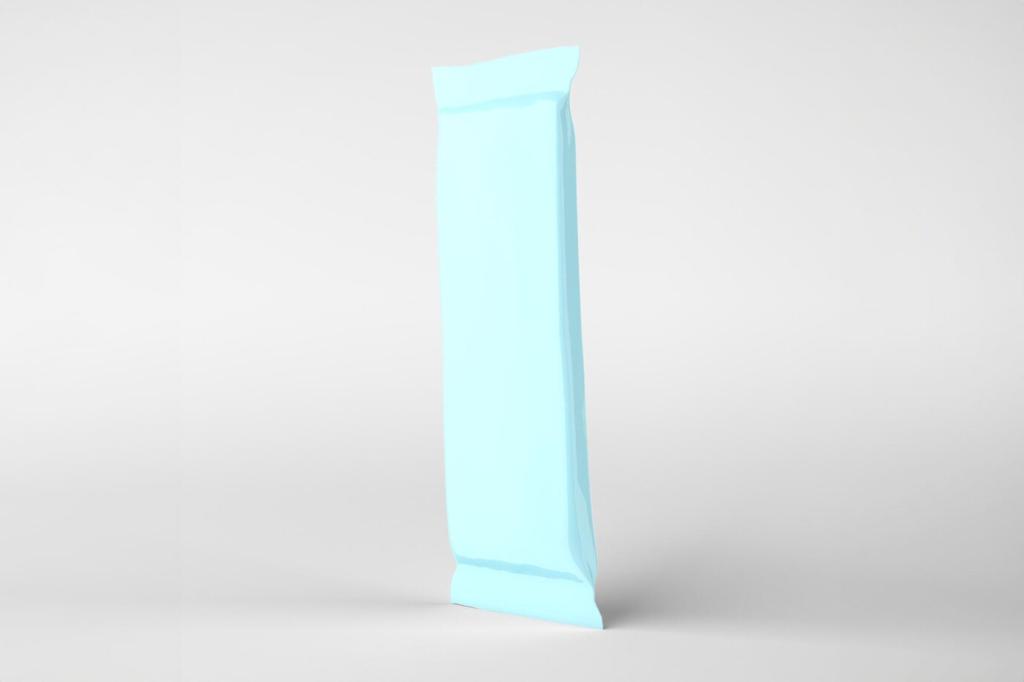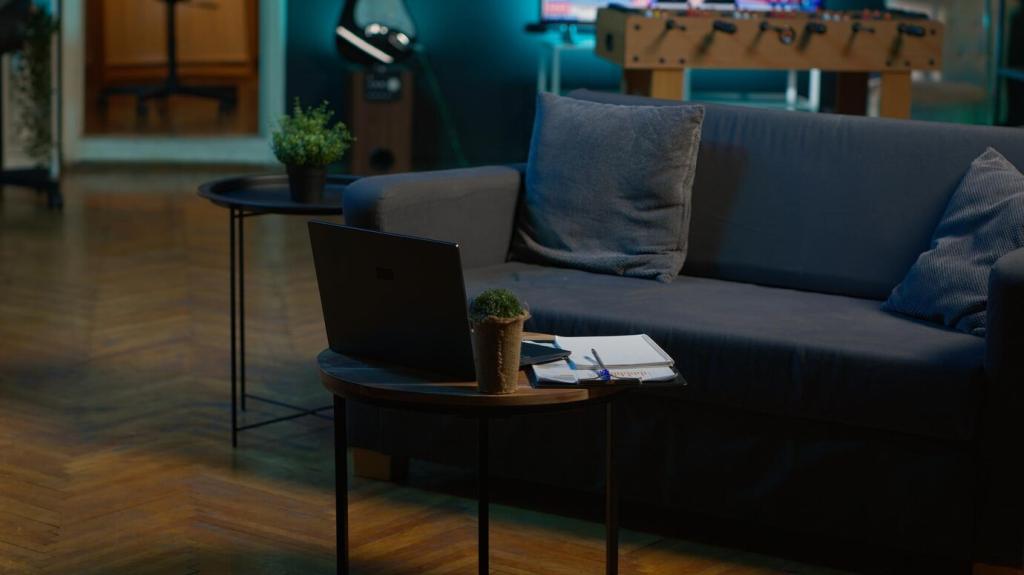
Choosing Art for a Minimalist Interior: Quiet Statements, Lasting Impact
Chosen theme: Choosing Art for a Minimalist Interior. Explore how intentional selections, thoughtful scale, and serene palettes create presence without clutter. Read on, share your space, and subscribe for refined, minimalist inspiration.


The Essence of Minimalist Art Selection
Adopt the principle that restraint reveals quality. Remove what is merely good so the truly essential remains. A single photograph of soft morning fog once transformed my entryway, turning chatter into silence the moment guests stepped inside.
The Essence of Minimalist Art Selection
Blank wall around art is not wasted; it is the frame your eyes cannot buy. Like rests in music, negative space creates rhythm. Try stepping back, breathe, then tell us in the comments if your piece suddenly felt larger without adding anything new.
Scale and Proportion: Getting the Size Exactly Right
Measure the visible wall and aim for roughly two-thirds width for a single statement piece. Leave generous margins from corners. I once corrected a too-small canvas with a larger print; suddenly, the room felt intentional rather than tentative.

Texture and Material: Quiet Depth Without Visual Noise
Matte papers, deckled edges, and raw canvas bring a tactile hush. Avoid gloss that shouts under daylight. A barely-there linen texture can make a monochrome print feel touchable, adding warmth without competing patterns or visual chatter.

Color Strategy: Monochrome, Neutrals, and a Single Accent
Monochrome as Meditation
Black-and-white photography clarifies form and light. Grain becomes a landscape, tone a horizon. Try a quiet architectural study; it will calm visual chatter and let your texture, furniture, and shadows carry the rest of the conversation effortlessly.
Neutrals with Character
Neutrals aren’t bland; they are nuanced. Warm whites soothe; cool whites sharpen. Pin up swatches near your art and watch undertones shift with daylight. Tell us which pairing felt peaceful, and we’ll feature thoughtful combinations in future posts.
One Accent, Considered
A single line of vermillion, a field of deep indigo, or a muted olive can anchor a room. Echo it once in a textile. Keep everything else restrained so the accent reads as intention, not decoration, strengthening the room’s calm center.

Let some walls rest. A single work centered on a quiet wall becomes a pause that refreshes the room’s narrative. Resist filling every surface; curators rarely do. Share before-and-after photos if editing a wall brought unexpected relief.

Aim for eye level around 145–150 cm to the center, adjusting lower for seated rooms. Trust human scale over ceiling height. Museum standards exist for a reason: they make viewing effortless, which is the quiet luxury minimalism celebrates.

If you choose a small gallery arrangement, use consistent spacing and align edges. Three pieces can form a steady cadence. Try paper mock-ups with painter’s tape first, then invite feedback from friends—or our community—before committing.
Supporting Emerging Artists
Visit open studios, local galleries, and student shows. Prices can be approachable, and the conversation becomes part of the piece. I once bought a charcoal study after a five-minute chat; every glance now recalls that generous, early-morning exchange.
Limited Editions, Transparently
Look for edition size, signature, and archival materials noted clearly. Ask about pigment inks and museum-grade paper. Transparent details protect value and ensure what you bring home will age with grace, not fade into a forgettable afterthought.
Materials That Age Gracefully
Choose FSC-certified frames, UV-filter glazing, and acid-free mounts. Cotton rag papers resist yellowing. Minimalism loves longevity—quiet objects that endure quietly. Share your suppliers so others can build thoughtful collections with confidence and care.

Make It Yours: Stories, Rituals, and Community
A Small Drawing That Saved a Deadline
During a stressful week, a delicate line drawing above my desk steadied my breathing. Its single arc reminded me to edit my tasks, not add more. Tell us about the quiet work that grounds you when days grow loud.
Seasonal Rotation Ritual
Try rotating two or three pieces with the seasons. Label boxes, note moods, and let absence refresh presence. This gentle ritual keeps walls alive without accumulating objects, honoring minimalism’s rhythm of renewal and thoughtful return.
Share, Subscribe, and Join the Conversation
Show us your calm corners, ask questions about sizing, and suggest topics for future deep dives. Subscribe for monthly minimalist art guides, palettes, and interviews. Your experiences will shape upcoming selections, case studies, and helpful checklists.
